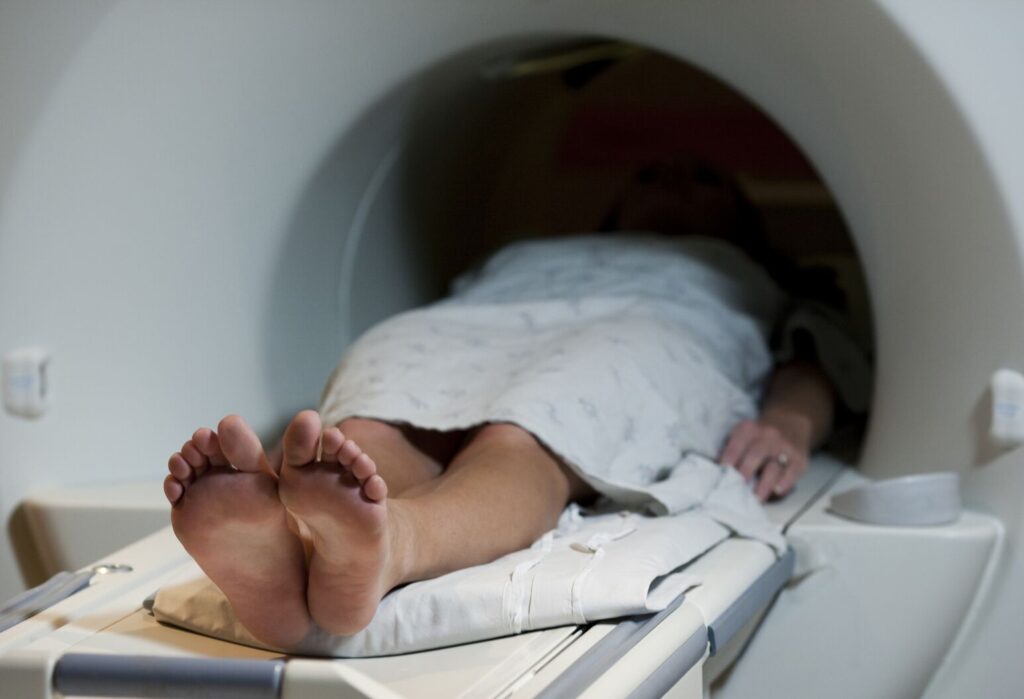When we talk about the causes of fractures, what comes to our mind is traumatic injuries due to high-energy collisions, sports injuries, and falling from a great height. Besides all these occurrences, fractures can also occur due to diseases and such conditions are regarded as pathological fractures. The treatment of such fractures will also be classified as operative and non-operative and will require the use of orthopedic implants like Locking Compression Plate, PFNA Ortho Nail, IM Nail, Bones Screws, etc.
What are Pathological Fractures?

Pathological fracture is a condition that does not occur due to injury rather, such types of fractures are caused by a disease. Certain diseases result in the weakening of bones and this reduces their weight-bearing ability. Thus, even a slight misplacement of the leg, undue pressure on any bone, and a slight fall could result in a fracture.
Due to illness, bone gets weakened and when even minimal pressure is applied, it breaks.
Symptoms of Pathological Fractures
It is noticed that symptoms are not always seen during pathological fractures and when they do, they are similar to the ones that are seen in injury-related fractures. Let us see what they are:
- Mild to extreme pain near the injured area
- Swelling, tenderness, and bruising
- Numbness near the broken bone or tingling feeling
Causes of Pathological Fractures
Pathological fractures can occur due to several conditions and we will discuss them in this section.
1. Osteoporosis

Osteoporosis is considered to be the most common cause of the pathological fracture. This is the condition that results in the weakening of bones and when this occurs, they become more likely to break. In the case of osteoporosis, it is noticed that the symptoms are generally seen at the later stages. Let us see some of the most common symptoms of osteoporosis:
- Back Pain
- Fractures that are most commonly seen in the hip, spine, or wrist
- Hunched back
2. Cancer
Cancer is another condition that could result in pathological fractures. During cancer, uncontrolled cell growth occurs that results in a tumor. In some cases, cancer penetrates bone and makes them weak. Thus, when this occurs, the chances of bone break increase. General symptoms of cancer include:
- Loss of appetite
- Pain and swelling
- Sudden and unexplained weight loss
- Fatigue
- Persistent cough and cold
- Swollen lymph nodes
3. Osteomalacia
In osteomalacia, bones become soft and this is the result of low vitamin D in the body. Vitamin D is required to absorb the desired quantity of calcium in our body. If optimum amount of calcium is not absorbed in the body, it will result in weakening of bones and that will eventually increase the risk of fracture. Certain symptoms of this condition include:
- Weakened muscles
- Fractures
- Pain (most commonly in the hip)
4. Osteomyelitis

This is the rarest condition that results in pathological fractures. During osteomyelitis, bone infection occurs due to the accumulation of fungus and bacteria. Symptoms of this condition include:
- Pain and swelling in the affected area
- Stiffness
- Fever
- Chills
- Fatigue
Besides this, certain other conditions like osteogenesis imperfecta, noncancerous tumors, and Paget’s disease of bone could also result in pathological fractures.
Diagnosis of Pathological Fractures

The first step during diagnosis of most fracture types includes physical examination and the same is the case with pathological fractures. During the physical examination, the doctor examines the site of injury for any deformities. Plus, the orthopedist might also ask you to do certain movements to get an idea of the difficulty you are facing. This will also help the doctor identify the fractured bone.
After the physical examination, an X-ray will be done to confirm the site where exactly bone fracture has occurred. In some cases, the orthopedist might also tell you for MRI, CT, or nuclear bone scans to get clarity.
Sometimes, the patient doesn’t know the reason for the fracture and in such cases, the doctor might ask you to perform certain other tests including:
- Blood count
- Calcium Levels
- Biopsies to check for tumors and/or infections
Treatment of Pathological Fractures
The treatment of pathological fractures can be done surgically and without surgery, this will depend on the type of fracture and its seriousness. In non-operative cases, the orthopedist may apply a splint or a cast for a specific time period. But when surgery is required, trauma implants are used. They are selected based on the site of application and seriousness of the fracture. Some of the orthopedic implants used are PFNA Nail, Locking Compression Plate, Intramedullary Nail, and Locking Screws.
Siora Surgicals is the name you can trust to get world-class quality orthopedic implant & instruments.
Can Pathological Fractures be Prevented?

Prevention of pathological fractures is not always possible. This is because if you are suffering from a certain condition that is making your bone weak, your doctor may suggest you some medicines to reduce the risk and avoid the serious issue.
Prescriptions of the doctor will depend upon the patient’s condition, and the doctor may suggest:
- Regular exercise for improved bone health and muscle strength
- Consumption of enough vitamin D and Calcium (through prescribed medicine and natural sources as well)
- Early diagnosis and treatment of the condition
- Use of prosthetics if required
- Abstain from intense activities
The Bottom Line
Bone injuries are most commonly caused due to trauma such as falls from a great height, accidents, and sports activities, but this is not always the case. Fractures can also cause due to pathological conditions like a disease or deficiency. Fractures occurred due to such conditions are known as pathological fractures and one of the most common causes is osteoporosis.
Certain pathological conditions result in the weakening of bones and that reduces their weight or pressure-bearing ability. Thus, when even a normal amount of weight or pressure is applied to the weakened bones the chances of fracture increase. In this post, we have discussed pathological fractures along with their causes and some important points related to the condition. We hope you must have got what you were looking for and we have delivered what we wanted to.
Related Posts:
- Robot Mop Buyer's Guide: All You Need to Know in 2024
- All You Need to Know About Professional KPI Tracking…
- Audio – Video Solutions For Your Business – All you…
- Freshworks CRM Software Features: All You Need to…
- All You Need to Know About Gaming VPNs in 2024
- Betting 101: All You Need to Know About Handicapping…







